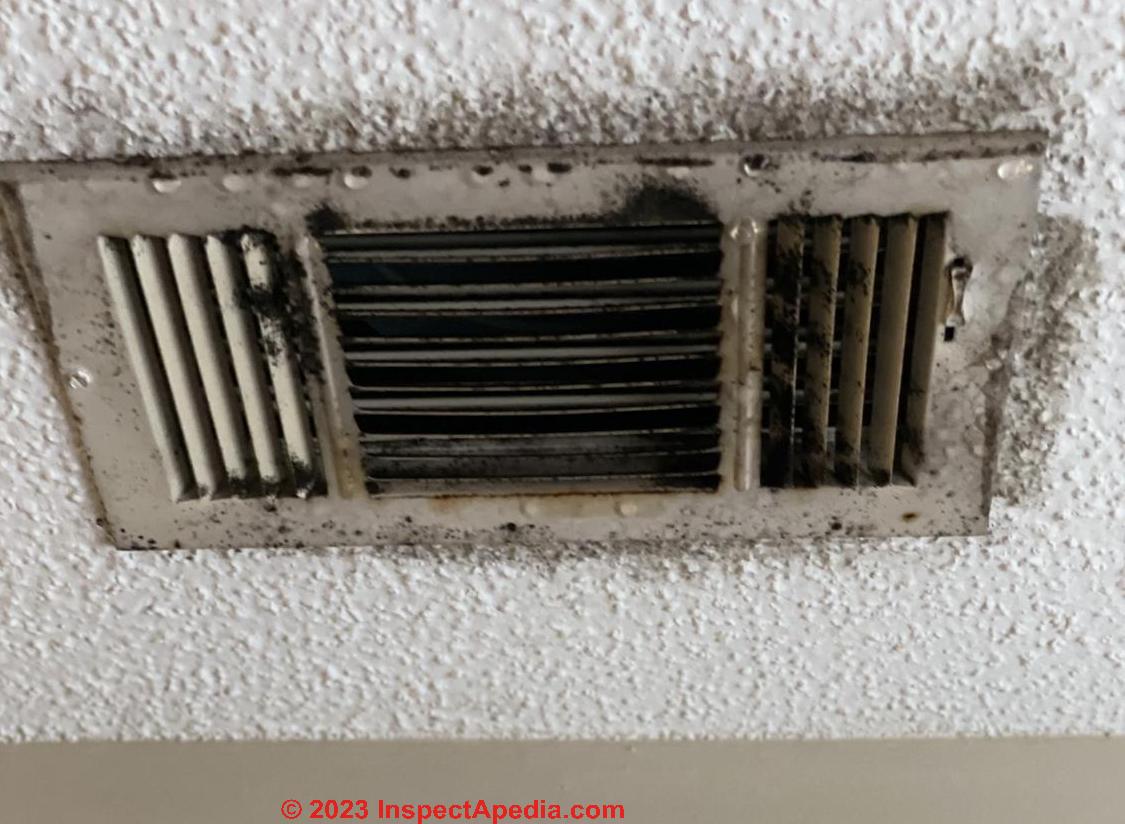Mold and dust are common culprits that can accumulate within air ducts, posing potential risks to indoor air quality and overall health. In this blog, we will explore the role of mold and dust in air ducts, understand their impact, and discuss effective solutions to mitigate these issues.
Let’s delve into the potential risks associated with mold and dust in air ducts.
Mold and dust in air ducts can lead to various health issues and compromise indoor air quality. This will help us transition to discussing the significance of mold and dust in air ducts.
Let’s explore the impact of mold in air ducts.
Mold growth in air ducts can release spores into the air, leading to respiratory problems and allergic reactions. this will guide us to discussing the specific impact of mold in air ducts.
Dust accumulation in air ducts can contribute to indoor air pollution.
We can now discuss how dust in air ducts can impact indoor air quality. These practices include:
- Allergens and Irritants: Dust in air ducts can contain allergens and irritants that trigger allergies and respiratory issues when circulated throughout the space.
- Reduced HVAC Efficiency: Then, the accumulation of dust in air ducts restricts airflow, forcing HVAC systems to work harder and consume more energy, leading to decreased efficiency and increased utility bills.
Let’s explore effective solutions to mitigate the risks associated with mold and dust in air ducts.
Regular professional air duct cleaning is crucial for mold and dust prevention.
Also, Scheduling professional air duct cleaning at regular intervals helps remove accumulated dust and prevents mold growth. Transition phrases like “moreover,” “additionally,” and “furthermore” will help us transition to discussing the benefits of professional air duct cleaning.
Improving ventilation and air filtration systems can aid in mold and dust prevention.
we can now discuss how improving ventilation and air filtration systems can contribute to reducing mold and dust in air ducts. These practices include:
- Adequate Ventilation: Ensuring proper ventilation in the building by using exhaust fans, opening windows, or installing mechanical ventilation systems helps minimize moisture and mold growth.
- High-Efficiency Particulate Air (HEPA) Filters:Also, Installing HEPA filters in HVAC systems captures small particles, including mold spores and dust, improving indoor air quality.
Conclusion:
Finally, Regular professional air duct cleaning, improving ventilation, and utilizing air filtration systems are key steps to ensure clean and healthy indoor air.
Also, Remember to provide practical examples, success stories, and actionable advice to your readers. By addressing mold and dust issues in air ducts, you can create a healthier living environment, reduce the risk of respiratory problems, and enhance the efficiency of your HVAC system. Prioritize the maintenance and cleanliness of your air ducts to promote a healthier and more comfortable indoor space for you and your family.

